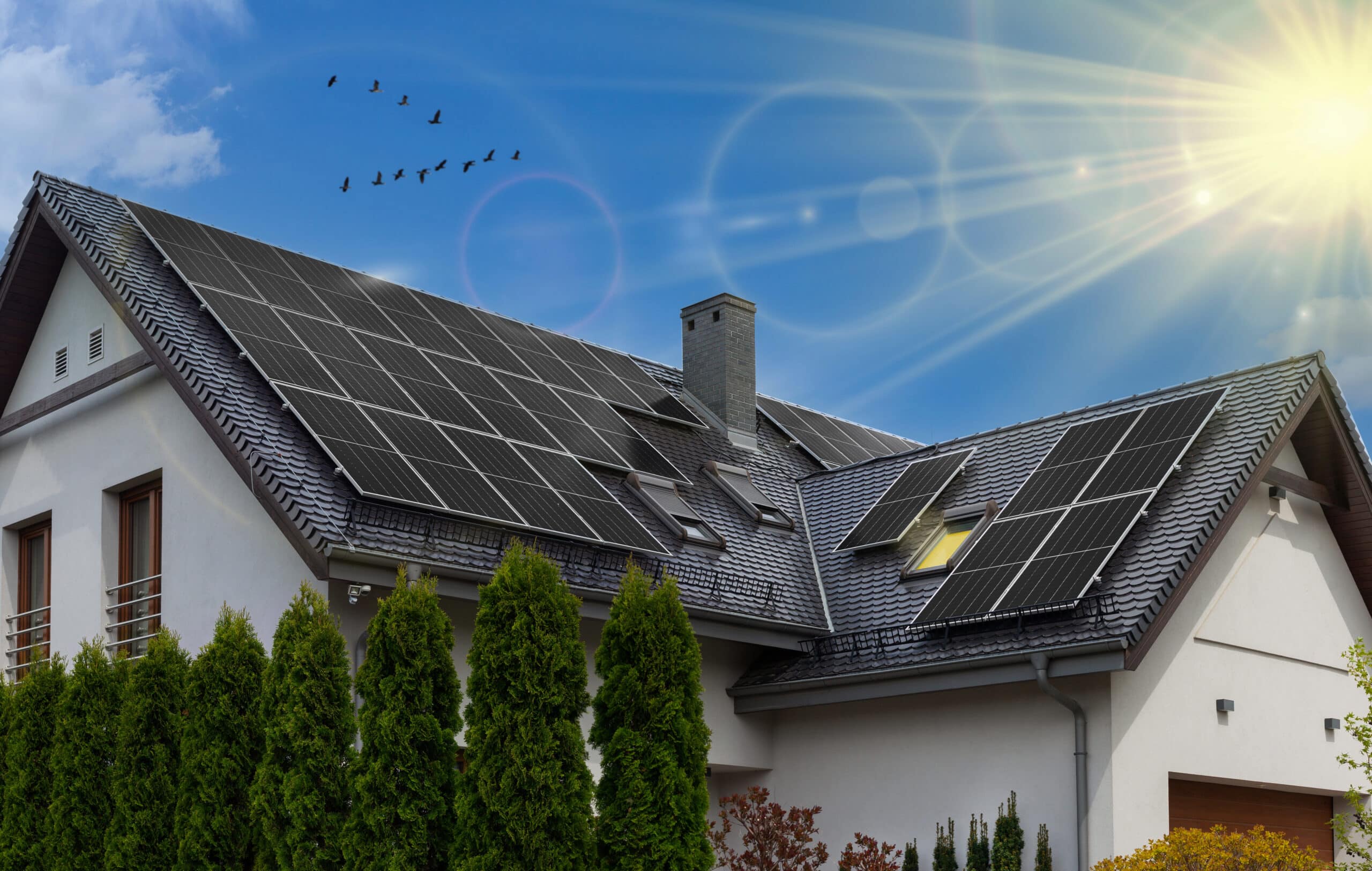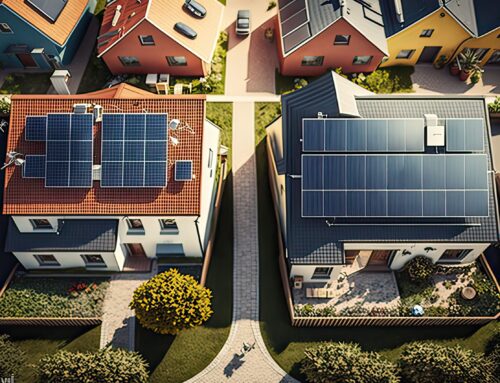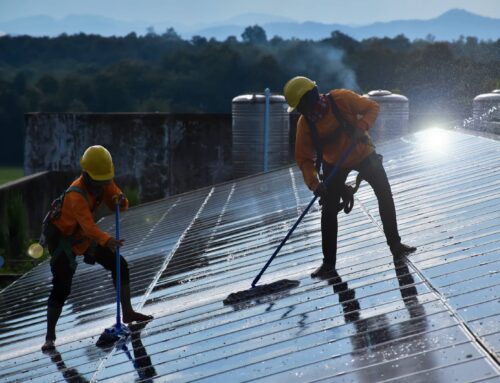If you are new to solar, or considering it for your home, then it is important to know about the different solar collectors. There is essentially two different types of solar collectors: electric (those converting the sun’s rays into electricity) and thermal (those that convert it to heat). Now both are typically found on roofs, though the arrays may be ground- or pole-mounted as well.
Solar electric panels (sometimes referred to as PV or photovoltaic modules) are typically composed of solar cells—tile-sized silicone wafers, wired and assembled into a panel or module. They often have a blue or green cast but can be black as well. The most common types of residential solar electric collectors are:
- Crystalline PV modules: A vast majority of solar electric collectors on the market are crystalline PV Modules. They are made by slicing manmade silicon crystal ingots, or loaves, into wafers, each carrying a positive and negative electron. Wafers are wired together to form modules and modules are wired together to form arrays. When the wafers are struck by sunlight, an electric current runs from the front contacts to the back contacts, distributing the charge from module to module.
- Thin-film modules and laminates are made by depositing various semi-conductor materials in very thin layers on various substrates, including glass and flexible backings. They too produce electricity. If the semi-conductor material is protected by glass, the thin-film solar collectors are referred to as modules. When the semi-conductor material has a flexible protective cover, they are called laminates.Thin-film modules and laminates account for a small fraction of total solar module sales, however, partly due to the fact that they require up to four times more roof space to produce the same kW-hr/yr output. The residential application that has drawn the greatest interest for thin-film PV is on standing-seam metal roofs (between the vertical seams) and as solar shingles.
Solar thermal collectors are used for heating applications, are generally bulkier, and stand off the roof a little more. There are plenty of exceptions, though. Some thermal collectors look like big, flat boxes or have cylindrical tanks attached to them. Others consist of a series of large glass tubes. The most common types of solar thermal collectors include:
- Thermal flat-plate collectors, designed for heating, are typically 4″- to 5″-thick rectangular enclosures with glass covers on top. Inside the enclosure is a blackened absorber sheet with integral passages through which a liquid flows to draw away the sun’s heat. The heated liquid may then be used for domestic water or for space heating. Tubing travels through the collector enclosure, so it can be connected to additional collectors as well as to the supply and return mains. The liquid that circulates through the collector is usually water or antifreeze (glycol), or a combination of the two.
- Evacuated tube collectors, a newer type of thermal collector, is made from a row of evacuated tubes, each with its own absorber plate and tubing. Liquid removes heat from the absorber plate, just as it does with a conventional thermal collector. The use of evacuated-tube collectors has increased in recent years, but they still represent a small percent of today’s market.
- Unglazed thermal collectors are typically extruded from a black polymer and include a series of tubes through which the liquid to be heated can be pumped. Unglazed thermal collectors are suited for low-temperature applications, such as those used to heat swimming pools and spas.
- Hot air collectors tend to be larger than collectors that heat liquid, sometimes covering an entire exterior wall of a building. Consequently they are more often used in commercial applications. Some hot air collectors, also called ‘air-cooled’ collectors, are glazed. Such collectors are used for space heating. There’s not a lot that can go wrong with them, because freezing and overheating are not issues.





